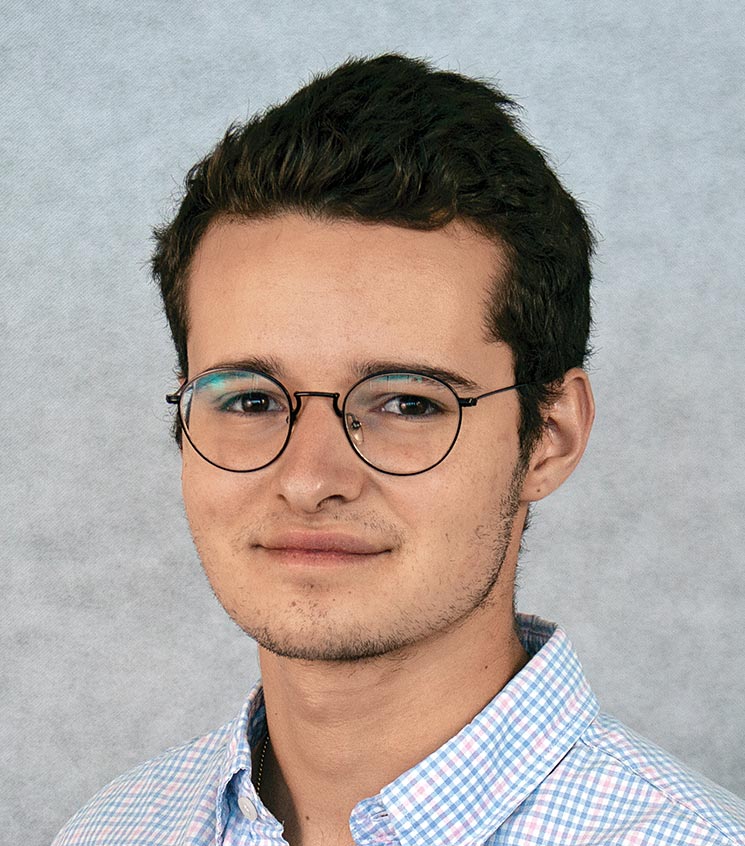How Targeted Education Is Strengthening Mexico’s Auto Industry

STORY INLINE POST
Q: Academia plays a critical role in the development and innovation of the automotive sector. How does UPQ help boost the industry’s growth?
A: Universidad Politécnica de Querétaro (UPQ) was born under an “educational relevance” model, which means that our academic offering goes hand in hand with the needs of the region’s industry. We fully focus on careers with high talent demand in Queretaro, which has been key for the success of UPQ and has helped the state consolidate as a critical automotive hub.
We have two roles in the automotive industry. The first is generating effective linkages between students and automotive companies, so they can start to understand and develop the abilities required by the industry. Second, we collaborate in R&D of new technological trends. To achieve this, we have a number of laboratories and research centers within our facilities, including the Center for Automotive Innovation and Development (CIDEA), which works closely with key automotive players. We also host the recently inaugurated Center for Learning and Professionalization of Automotive Talent (CAPTA), in which we invested just over US$215,000 to build the first university laboratory fully focused on electromobility.
Q: Electromobility seems to be the industry’s unified approach to sustainability. How is Mexico’s automotive industry evolving in this regard?
A: Mexico is behind the US and the EU in regulation but these two regions have clear objectives pertaining to the ban on selling new ICE vehicles. For example, the EU will ban them by 2035, while in the US, California has adopted similar strategies to eliminate the use of fossil fuels.
Mexico is working toward the same goal but this transition will require the industry, government and academia to change mobility as a whole and face the multiple challenges brought by the transition. It is our duty to promote feasible alternatives because sometimes the ideal solution is neither affordable nor accessible, so UPQ has to provide realistic models and systems to solve Mexico’s problems.
Q: How has the triple-helix model in Queretaro contributed to building one of the strongest manufacturing regions in the country?
A: Queretaro aims to feed the country’s supply chain and support other states’ assembly plants. The Bajio region has consolidated as an automotive hub under a fundamental premise: having a certified and skilled labor force. We achieve this goal by providing young people the opportunity and skills they need to work and become decision-makers in the industry. Education has been a priority of the current and past government administrations.
Q: Mexico is a manufacturing powerhouse that is gradually adopting an R&D focus. How does UPQ enhance this transition?
A: The university knows that Mexico’s automotive industry must transform from a maquila to an owner and developer of the technologies needed to produce any type of equipment. We are teaching young people to become owners of what is being assembled by boosting innovation and R&D, which is one of the priorities of UPQ.
For decades, Mexico’s main advantage over other countries in the Americas was its highly skilled and competitive labor force. We are looking to further break barriers thanks to the technical, technological and scientific talent of young Mexicans, allowing companies coming to Mexico to invest not only in manufacturing but also in R&D. Queretaro has become a self-sufficient hub that provides legal and operational certainty, allowing it to meet the needs of the entire industry.
Q: Hydrogen fuel-cell vehicles are increasingly gaining relevance thanks to this fuel’s low-environmental impact. How will this technology evolve in the upcoming years?
A: This is the ideal solution as there is a significant mining gap that limits the globalization of EVs. The biggest challenge, however, is finding safer methods for hydrogen capture. A large problem with this type of process is the separation of water atoms, which is a highly volatile process that, if not done under appropriate conditions, can be dangerous.
Q: What are UPQ’s objectives for 2023?
A: We aim to consolidate the university as the best institution in the country. We aim to have successful and well-trained students, excellent teachers, unique installations and an effective linkage with the industry. Our vision and mission remain the same: creating effective links, not just to expand our network but to benefit students, academic institutions and the industry as a whole.








 By Rodrigo Andrade | Journalist & Industry Analyst -
Mon, 02/13/2023 - 12:02
By Rodrigo Andrade | Journalist & Industry Analyst -
Mon, 02/13/2023 - 12:02
















